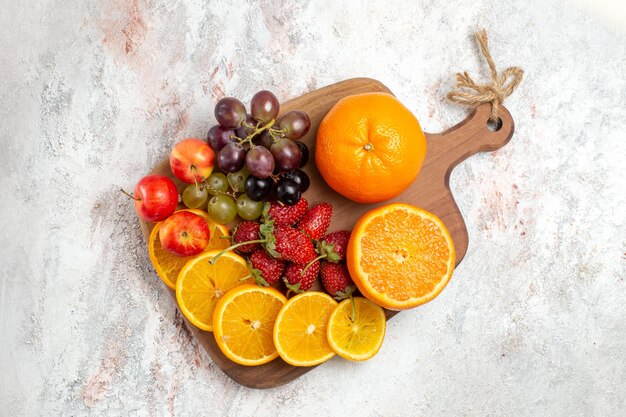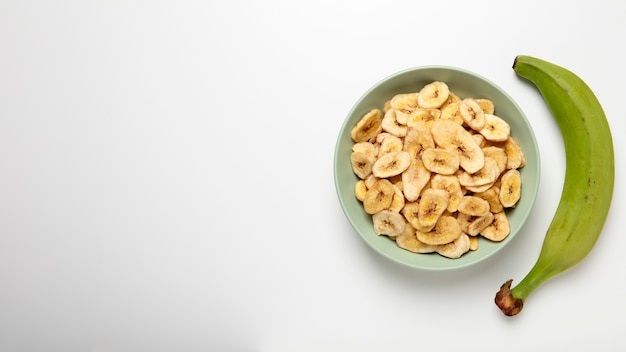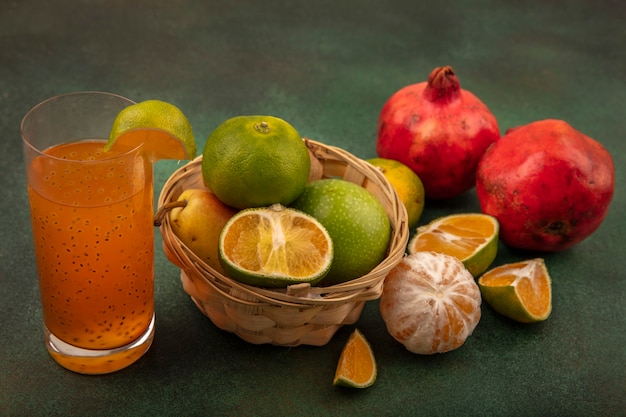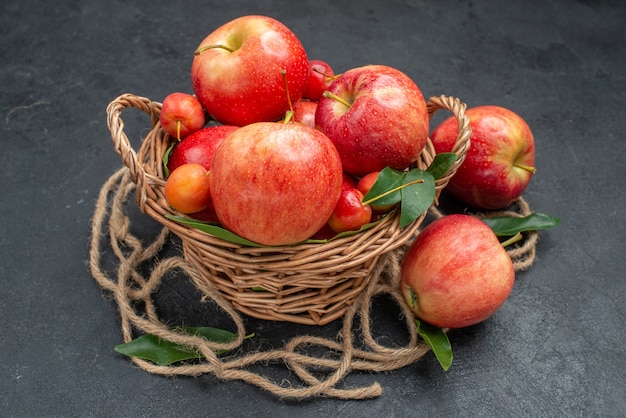In the pursuit of health and longevity, antioxidants have gained significant attention. These powerful substances, found in a variety of foods, play a key role in protecting our bodies from harmful free radicals. This article explores natural antioxidants, what they are, and where to find them.
Understanding Antioxidants
Antioxidants are compounds that help guard the body against oxidative stress, which occurs when there’s an imbalance between free radical production and the body’s ability to neutralize their harmful effects. Free radicals are unstable molecules that can damage cells, contributing to aging and diseases.
We obtain exogenous antioxidants from our diet, such as vitamins A, C, and E, selenium, carotenoids, lycopene, coenzyme Q-10, and lipoic acid. These are mostly found in plant-based foods, especially dark-colored fruits like berries.
The ORAC Scale and Antioxidant Power
The Oxygen Radical Absorbance Capacity (ORAC) scale was developed to measure the antioxidant power of different foods. Higher ORAC values indicate greater antioxidant power. Here鈥檚 a look at how some common foods rank on the ORAC scale:
– Cucumbers: 36 units
– Tomatoes: 116 units
– Apricots: 172 units
– Raw spinach: 182 units
– Melon (three slices): 197 units
– Pear: 222 units
– Banana: 223 units
– Apple: 301 units
– Eggplant: 326 units
– White grapes (one bunch): 357 units
– Black raisins (one tablespoon): 396 units
– Cooked cauliflower (one cup): 400 units
– Cooked green beans (one cup): 404 units
– Kiwi: 458 units
– Pepper: 529 units
– Black grapes (one bunch): 569 units
– Avocado: 571 units
– Roasted potato: 575 units
– Orange: 983 units
– Orange juice (one glass): 1142 units
– Strawberries (one cup): 1170 units
– Pink grapefruit: 1188 units
– Cooked Brussels sprouts (one cup): 1384 units
– Cooked beetroot (one cup): 1782 units
– Cooked spinach (one cup): 2042 units
– Blueberries (one cup): 3480 units
– Black grape juice (one glass): 5216 units
Beyond Antioxidant Power
While the ORAC scale was originally used to measure antioxidant power, it’s no longer officially used because clinical data to support its effectiveness in the body is lacking. Additionally, there’s insufficient evidence that the benefits of polyphenol-rich foods are solely due to their antioxidant properties.
Today, it’s known that food-derived antioxidant molecules have various functions beyond absorbing free radicals. Their health benefits come from different mechanisms of action that don’t necessarily relate to their antioxidant capacity.
In conclusion, while the antioxidant power of foods is important, it’s not the only measure of their health benefits. A diet rich in diverse fruits, vegetables, and other plant-based foods provides a broad range of antioxidants and other beneficial compounds that support overall health and well-being.







